Before joining The Zebra, I worked on a team as the youngest and only female designer. In that role, I often hesitated to speak up and felt my point of view was not sought after by my peers. I felt isolated and I vowed to be an advocate for myself and design moving forward. My next role at The Zebra allowed me the chance to reflect on how my own actions as well as a team’s culture contribute to an inclusive workplace. Every manager I’ve had at The Zebra has been a strong advocate for me and leadership has helped me take risks and feel supported even when I’ve failed. I’ve found that building a safe space to share ideas, elevating individual successes, and seeking diverse perspectives are all keys to personal and team advocacy.

Embrace advocacy
By Ava DeVoe, Senior Product Designer at The Zebra
Building a safe space
Last year, I developed The W.H.Y. Method which is a shared framework for exchanging feedback. The acronym stands for: “What are the positives and negatives of the design,” “How might we…” and “Yes, let’s try.” “W” and “H” provide guidance for asking questions and talking about the design whereas “Y” is aimed at providing actionable next steps.
Since developing the W.H.Y Method, I’ve shared this framework with teams across The Zebra and it has set the standard for how the company critiques. Not only does it guide non-designers on how to evaluate a design, but it also provides equal speaking opportunities for people with different communication styles. Critiques truly become valuable when we create the space for all team members to be heard.
Elevating individual successes
This year, as I’ve moved into a leadership position, I set out to share my experiences self-advocating with the team. To do this, I developed a workshop based on my learnings from the book Brag Better: Master the Art of Self-promotion. Author Meredith Fineman outlines 3 pillars for bragging better: be proud, be loud, and be strategic.
For the workshop, the team will focus on the first pillar and use a set of questions from the book to guide them in describing their accomplishments from the past year. My goal is to help the team realize how much they’ve done and tie those accomplishments to measurable ways they have made an impact on the company.
Seeking diverse perspectives
I aim to develop a culture of inclusion every day by seeking out the perspectives of my peers. For instance, before reviewing designs with executives, I’ll ask for feedback from product design, product management, UX research, and engineering. By leveraging my team’s expertise and seeking out feedback early, I’m able to anticipate stakeholder critique and establish team alignment.
On an individual level, I use 1:1s to practice presentations, ask and provide feedback on past meetings, and strategize ways to approach upcoming meetings. I encourage this same practice in my team by asking junior designers for their perspective and supporting others as they prep and refine their work.
Creating an inclusive team requires continued thought and reflection on your actions. It’s important to create frameworks that unify the team, set aside dedicated time for workshops that elevate and grow individuals, and seek opportunities to listen to one another.
Thank you to The Zebra for sponsoring ADW20! Join them along with leaders from IBM and frog for a special hiring event on Friday, November 13: Candid Career Conversation: How to Advance in Your Design Career
